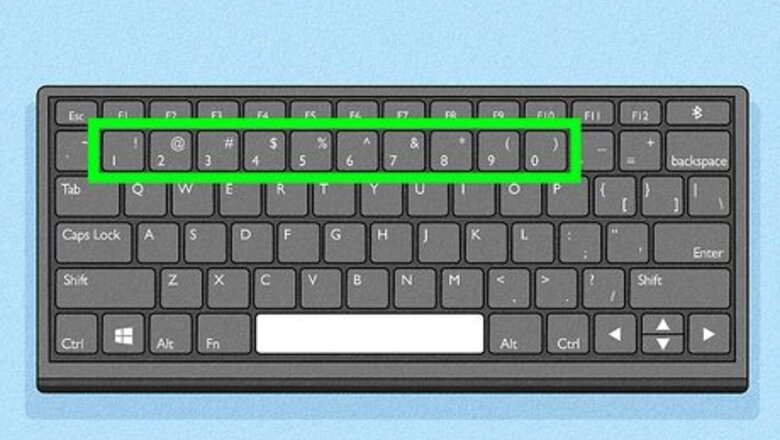
views
Using VNI
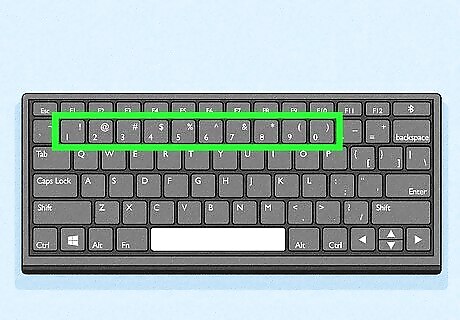
Know the characteristics. VNI uses the digits row to add tones and diacritical marks. While it is the easier one to learn, it may take slightly longer to type since a 4th row is involved.
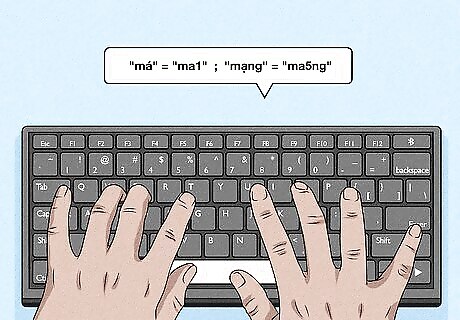
Start with the tone marks. Tone marks can be typed any time after a vowel is typed, and the software will automatically place the marks at their correct places. For example, to type "má" (mother), you need to type "ma1"; to type "mã" (code), type "ma4". The tone does not need to directly follow the vowel, so to type "mạng" (web), you can either type "ma5ng", "man5g", or "mang5" (note that m5ang is not accepted). Sharp tone ('dấu sắc') is 1 Hanging tone ('dấu huyền') is 2 Asking tone ('dấu hỏi') is 3 Tumbling tone ('dấu ngã') is 4 Heavy tone ('dấu nặng') is 5
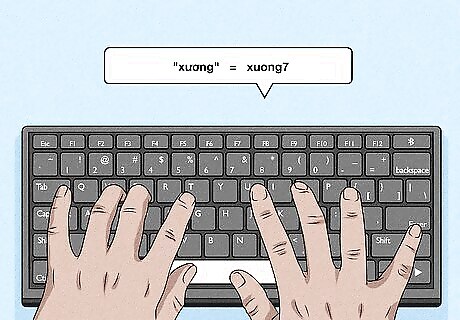
Learn the diacritical marks. Similar to tone marks, they can be typed at any point after the letter that it is supposed to be placed on. You only need to type once if there are 2 horns in a word; for example, to type "xương" (bone), type "xuong7" Circumflex (found in â, ê, ô) is 6 Horn (found in ơ, ư) is 7 Breve (found in ă) is 8 Crossbar (found in đ) is 9 The 0 key is used to erase the tone mark or diacritical mark in that word.
Using Telex

Know the characteristics. Telex uses letters to represent tones and diacritical marks. It is harder than VNI, but once mastered, it allows faster typing since only 3 rows are used. Telex is particularly common on mobile phones, since the number row is usually not displayed.
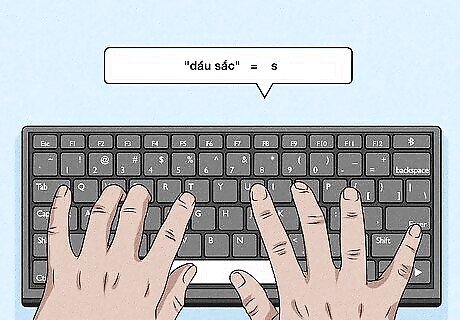
Start with the tone marks. Similar to VNI, tone marks can be typed at any point after the vowel. Sharp tone ('dấu sắc') is s Hanging tone ('dấu huyền') is f Asking tone ('dấu hỏi') is r Tumbling tone ('dấu ngã') is x Heavy tone ('dấu nặng') is j
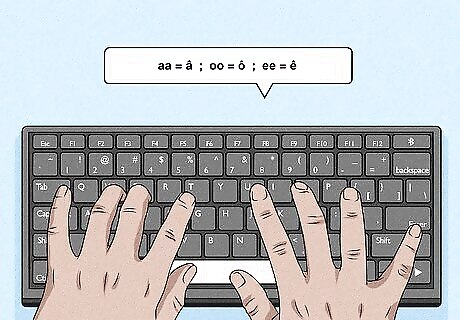
Learn the diacritical marks. Similarly, diacritical marks can be placed at any point. To type the circumflex, type the same vowel twice. â is aa, ô is oo, ê is ee. Horn (found in ơ, ư) and breve (found is ă) is w Crossbar (found in đ) is d











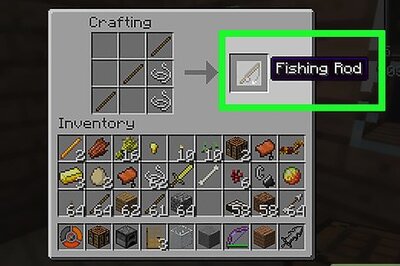








Comments
0 comment